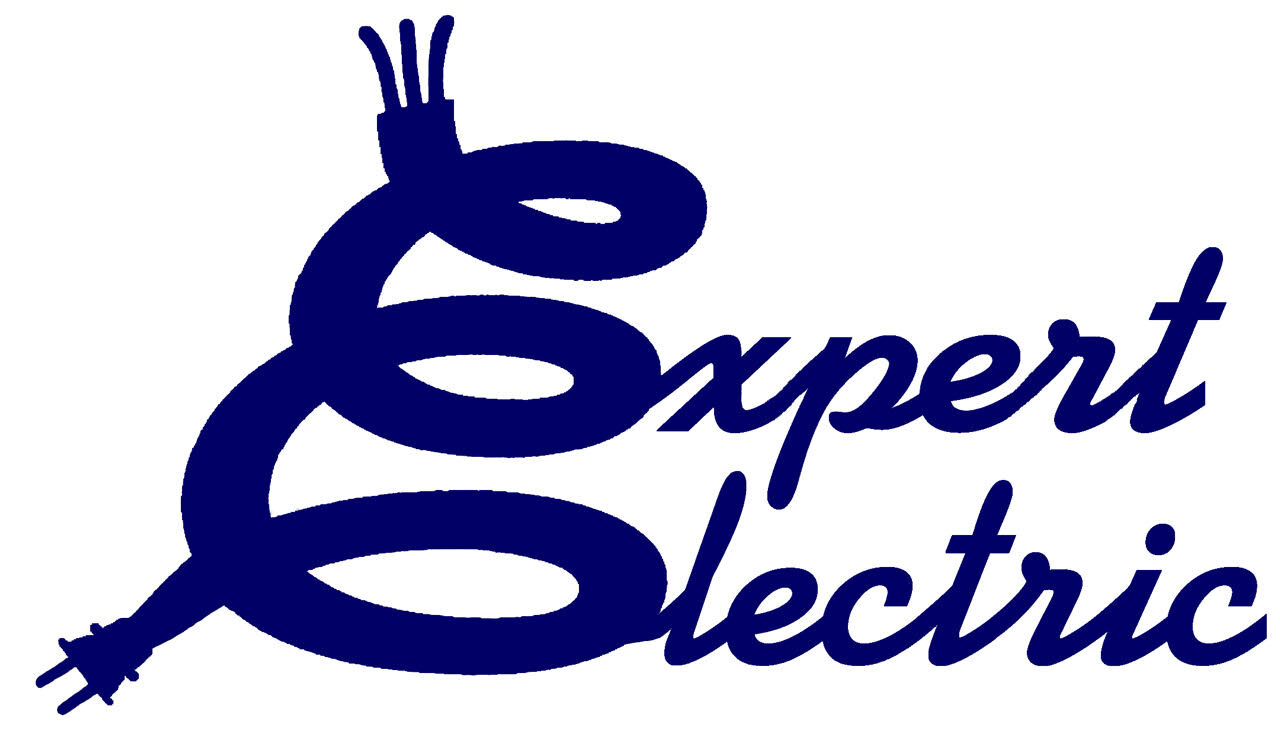Introduction
Electrical overloads are a serious safety hazard. Overloading an electrical system can lead to fires and serious damage to your home or business. Electrical overloads also violate building codes and may cause a circuit breaker to trip and shut off power, potentially leading to loss of power for large areas of the home or business. This can be even more dangerous if it occurs during a major storm that causes widespread blackouts in an area.
Overloading the electrical system can lead to serious safety hazards.
Overloading the electrical system can lead to serious safety hazards, including fires and other damage. The National Fire Protection Association (NFPA) estimates that each year, about 30% of home fires originate from overloaded electrical circuits. Overloading an electrical circuit occurs when too many appliances are plugged into one outlet or when they draw more power than the circuit’s capacity allows. This overload can cause overheating and damage to wires; if left unchecked, this could eventually lead to fire or even explosion.
Additionally, overloading your system may violate local building codes and even cause serious injury due to electrocution if there is a short circuit or failure within wiring or equipment connected by means of an extension cord.
An overloaded electrical system may cause fires or other serious damage.
The dangers of an overloaded electrical system are many. Overloading your electrical system can cause fires or other serious damage. It can also cause damage to the electrical system, home or business, and even equipment and people.
An overloaded circuit will have too much current flowing through it the amount of power that travels through a wire at any given moment is called “amperage.” If too much amperage flows through a wire, it can get hot enough to melt its insulation and start a fire; if there isn’t enough space for all this extra heat to dissipate into, you could end up with an explosion (or worse).
Overloading your electrical system is a violation of the building code.
Overloading your electrical system is a violation of the building code. This can lead to fires, damage to the electrical system, and even loss of power in large areas of your home or business.
When you overload an outlet with too many devices plugged into it at once, this overload can cause circuit breakers to trip. When this happens and there’s no longer enough power being supplied by that circuit breaker (and thus no way for all those devices that were plugged into it), they’ll shut off automatically as well potentially causing loss of power for large areas of your home or business!
An overloaded electrical system can cause a circuit breaker to trip and shut off power, potentially leading to loss of power for large areas of the home or business.
An overloaded electrical system can cause a circuit breaker to trip and shut off power, potentially leading to loss of power for large areas of the home or business. This is especially true if there are multiple appliances drawing electricity from one outlet. For example, plugging in several lamps into one outlet can cause an overload because each lamp draws its own amount of electricity but they all share one breaker. A single surge protector will not prevent this type of overload; you need to purchase separate surge protectors for each appliance that needs protection (e.g., computers and televisions).
Extension cords should only be used temporarily and not where they run under carpets or rugs or in high traffic areas, such as in front of a refrigerator.
Extension cords are not meant to be used as permanent wiring. They should only be used temporarily and not where they run under carpets or rugs or in high traffic areas, such as in front of a refrigerator.
The National Electrical Code (NEC) limits the capacity of branch circuits serving most residential and commercial occupancies by marking them at 110% of their nameplate rating or 100% computed load.
The National Electrical Code (NEC) is a set of rules that helps protect people and property from fire and electrical shock. It sets the amount of electricity that can safely be used in homes and businesses, as well as defining maximum capacity for branch circuits in a home or business.
The National Electrical Code (NEC) defines three types of branch circuits, which are as follows:
- General Purpose Branch Circuits (Type A): These are the most common type of branch circuits used in residential and commercial electrical systems. They are used to supply power to outlets, lighting fixtures, and other general-purpose loads. The NEC specifies minimum wire sizes, overcurrent protection requirements, and other safety measures for Type A circuits.
- Appliance Branch Circuits (Type B): These are dedicated circuits that are used to supply power to specific appliances, such as refrigerators, stoves, or air conditioners. Type B circuits are required to be designed and installed in accordance with the manufacturer’s instructions and the NEC’s requirements for wiring, overcurrent protection, and other safety measures.
- Special-Purpose Branch Circuits (Type C): These circuits are used for specific, specialized purposes, such as for heating, air conditioning, or communications systems. The NEC specifies additional safety requirements for Type C circuits, such as grounding and bonding requirements, to ensure the safe and reliable operation of these specialized systems.
Conclusion
The National Electrical Code (NEC) limits the capacity of branch circuits serving most residential and commercial occupancies by marking them at 110% of their nameplate rating or 100% computed load.

